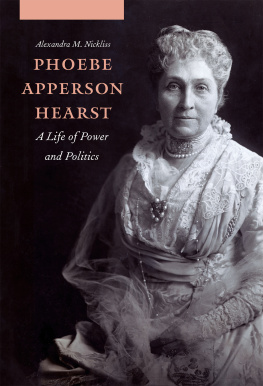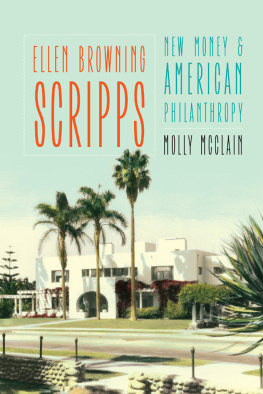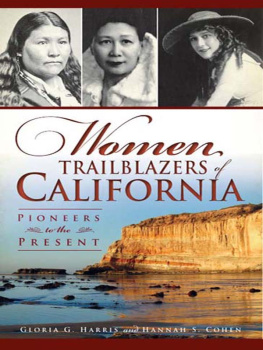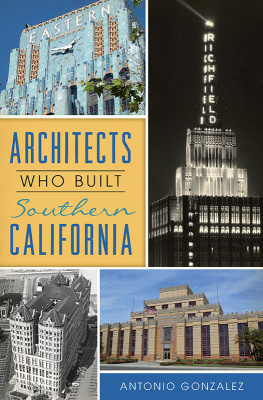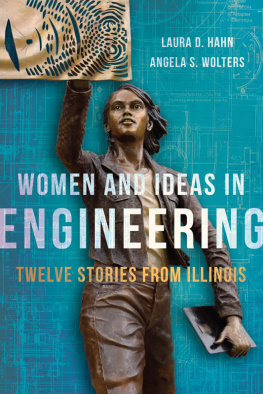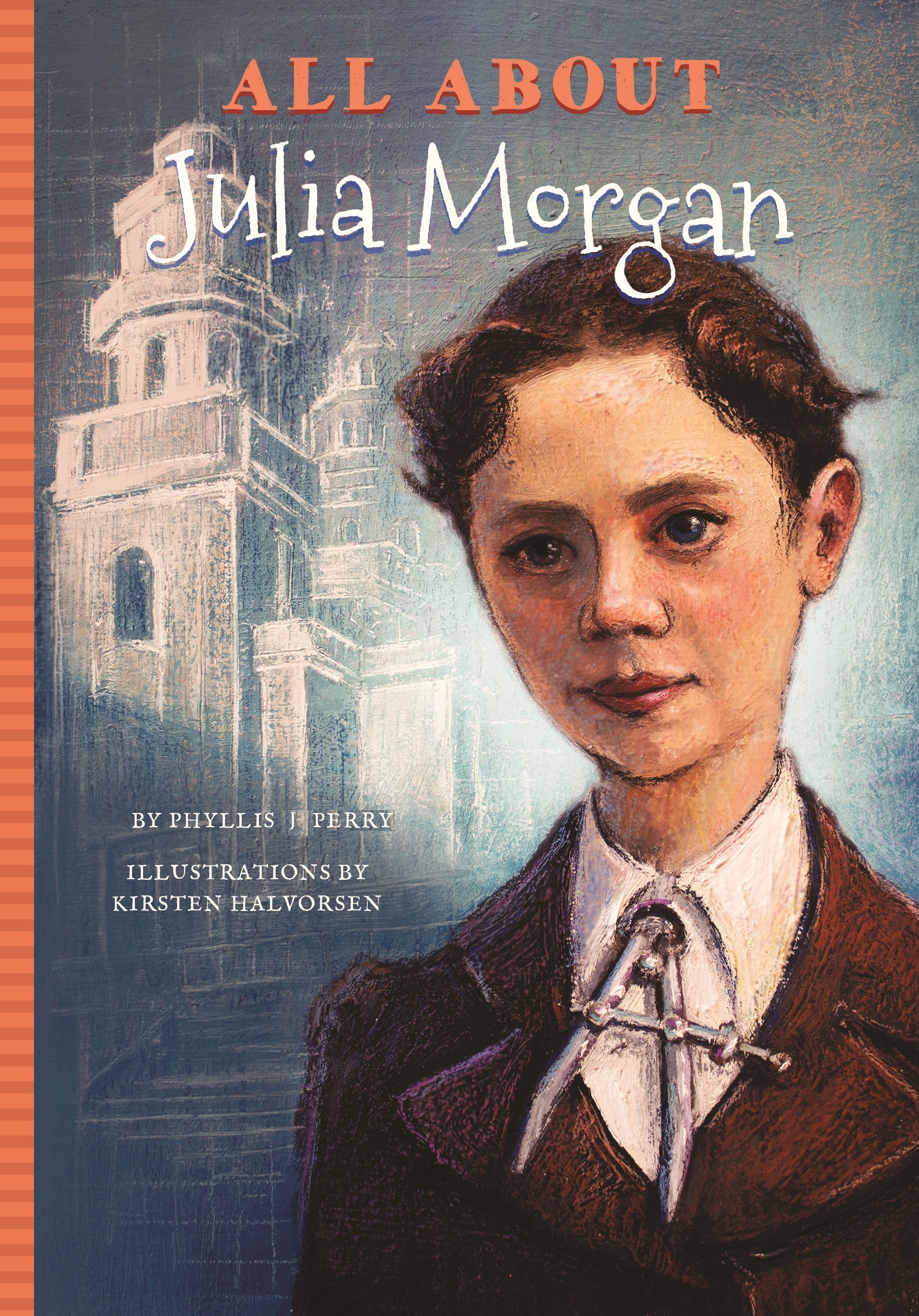Table of Contents
Pagebreaks of the print version
All About
Julia Morgan
Phyllis J. Perry

All About Julia Morgan
Copyright 2018 by Phyllis J. Perry
Published by Blue River Press
Indianapolis, Indiana
www.brpressbooks.com
Distributed by Cardinal Publishers Group
A Tom Doherty Company, Inc.
www.cardinalpub.com
All rights reserved under International and
Pan-American Copyright Conventions.
No part of this book may be reproduced, stored in a database or other retrieval system, or transmitted in any form, by any means, including mechanical, photocopy, recording or otherwise, without the prior written permission of the publisher.
ISBN: 978-1-68157-095-2
Library of Congress Control Number: 2018943501
Cover Design: David Miles
Book Design: Dave Reed
Cover Artist: Nicole McCormick Santiago
Editor: Dani McCormick
Illustrator: Kirsten Halvorsen
Printed in the United States of America
7 6 5 4 3 2 1 18 19 20 21 22 23 24
Contents
All About
Julia Morgan
Preface
Julia Morgan lived an extraordinary life. In the field of architecture, she was a true pioneer, exploring areas almost unknown to women of her time. In 1894, she was the first woman to graduate from the University of California, Berkeley, with a Bachelor of Science degree in civil engineering. In 1898, she became the first woman to be accepted into the architecture program at the world-famous cole nationale suprieure des Beaux-Arts in Paris and, on completion of the program, earned her certificate in 1901. In 1904, she was the first woman to receive an architects license from the State of California.
Morgan pushed boundaries and refused to accept the barriers and constraints on women that were common at the time she lived. More than a pioneering woman, she also created more than 700 buildings, many of which still stand as a testimony to her art and skill. Julia Morgan is believed to have said, My buildings will be my legacy... they will speak for me after Im gone.
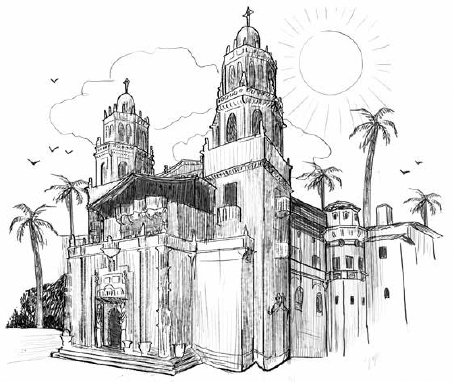
The main building of Hearst Castle, La Casa Grande, has 115 rooms total.
Some of these buildings are well known, like Hearst Castle at San Simeon, the conference center at Asilomar, the Bavarian-style cottages at Wyntoon, and the bell tower and library at Mills College in Oakland, California. Others are less well known such as the arts and crafts style house in the Sierra Nevadas built for the manager of the North Star Mine near Grass Valley, California. She also built houses, churches, hospitals, schools, auditoriums, gymnasiums, and many buildings for the YWCA.
To each project, big and small, she brought dedication and a determination to meet the wishes of her clients. Julia worked constantly at her craft while finding time to assist other young architects, many of whom were women, to get their start in the field of architecture.

Hats were a way for women in the Victorian era, when Julia Morgan grew up, to show their social standing.
Chapter 1
Julia Morgans Childhood
In 1848, gold was discovered at Sutters Fort in California. As news of this discovery spread, the gold rush began. Among the thousands of people who flocked from the east to the west to seek their fortunes was Julia Morgans father, Charles Bill Morgan. He had been a mining engineer in New York, and he was eager to go to California and try to make a fortune in the gold fields there.
It was in 1867 that Bill Morgan made his first trip west from Connecticut. Such a journey at that time was a great adventure. Like many others during the gold rush, he reached California by boat, going around the tip of South America and then sailing north to the fabled city of San Francisco. He wanted to take a good look at the Golden State to see if this was the place for him to settle.

Charles Morgan, Julias father, was a mining engineer, meaning he planned how, when, and where to mine, but wasnt actually a miner himself.
Bill was not disappointed. He found many mining corporations were opening in California, and with his knowledge and experience in mining engineering, he was sure he would find a good job. Small in stature, Bill was a friendly, outgoing man. He loved San Francisco, and decided this was where he wanted to live and raise his family.
He returned to the east just long enough to marry Eliza Parmalee. Although he had announced his plans to take his bride to San Francisco and told his in-laws what a lovely city it was, the Parmalees had their doubts. To them, San Francisco sounded like the wild west.
Eliza Parmalees father, Albert Parmalee, was a rich man who had made his money as a cotton trader. He and his wife didnt like the thought of their pampered daughter, who tended to be quiet and reserved, being so far away. They thought of California as the rough frontier. Before Charles and Eliza left for California, Elizas father gave her money and promised to give more whenever she needed it. In the years that followed, he made good on that promise. Although Bill Morgan worked at many jobs, he was never a tremendous success and did not amass a fortune as he had dreamed.
At first, Bill and Eliza Morgan lived in San Francisco on Market Street in the Palace Hotel. During the day, Bill was at work and Eliza was busy taking care of their apartment. In 1870, a son, Parmalee, was born to them, and then on January 20, 1872, they had a daughter, Julia.

Eliza Parmalee, Julias mother, was a wealthy socialite who was very confident and independent and taught Julia to be the same way.
With two children to raise, Charles and Eliza Morgan decided it was time to leave their rented apartment. They built a house across the bay from San Francisco in the town of Oakland. Oakland was a quieter town than San Francisco and was already filled with homes and churches. Bill Morgan bought a lot at the north end of the city in 1872.

Julias childhood home was typical of the Victorian era and held many rooms with specific functions.
The Morgans built a three-story Victorian house that was large enough for all of them. In the style of the time, the house had a large front living room and dining room filled with heavy drapes and fancy Victorian furniture. Julia had a large bedroom on the second floor. There were also rooms above theirs for the maid and the cook.
Eliza was happy with the children in their new house. Bill Morgan rode a ferry across the bay to his office each morning. He tried many different jobs. He was a sugar broker, he invested in stores, and he bought stock in an unsuccessful gold mine. He served on commissions and was the Director of the Oakland Public Schools. Bill became part owner in a company that made steam powered tractors.


